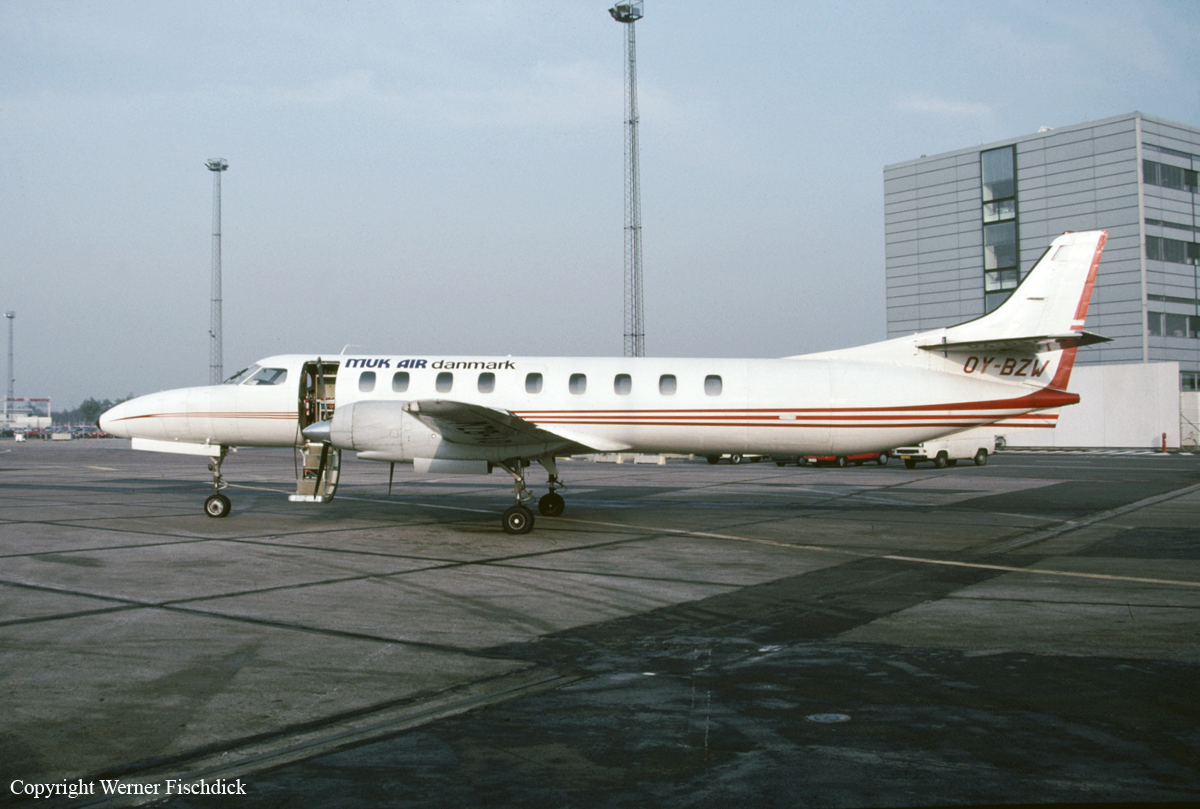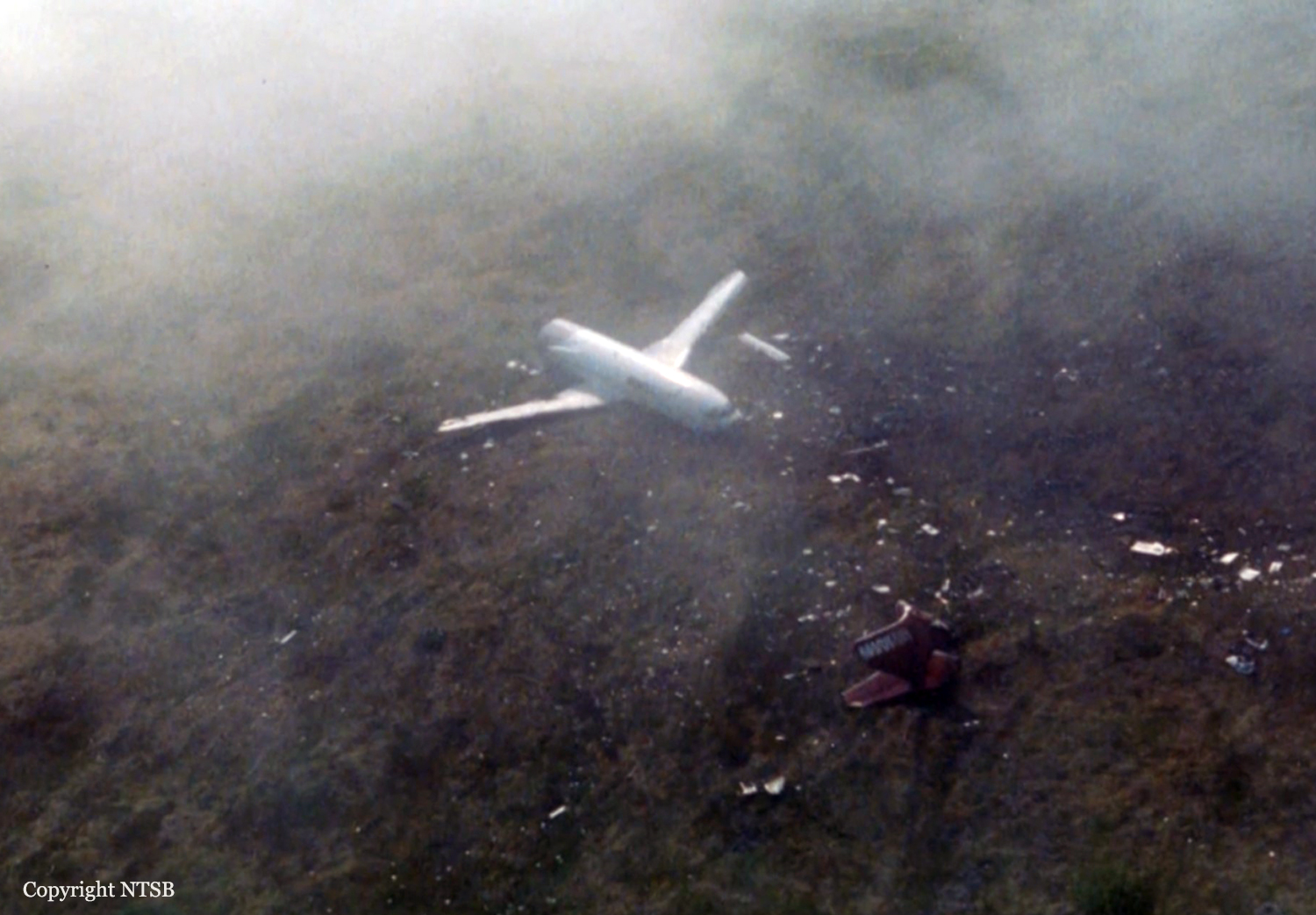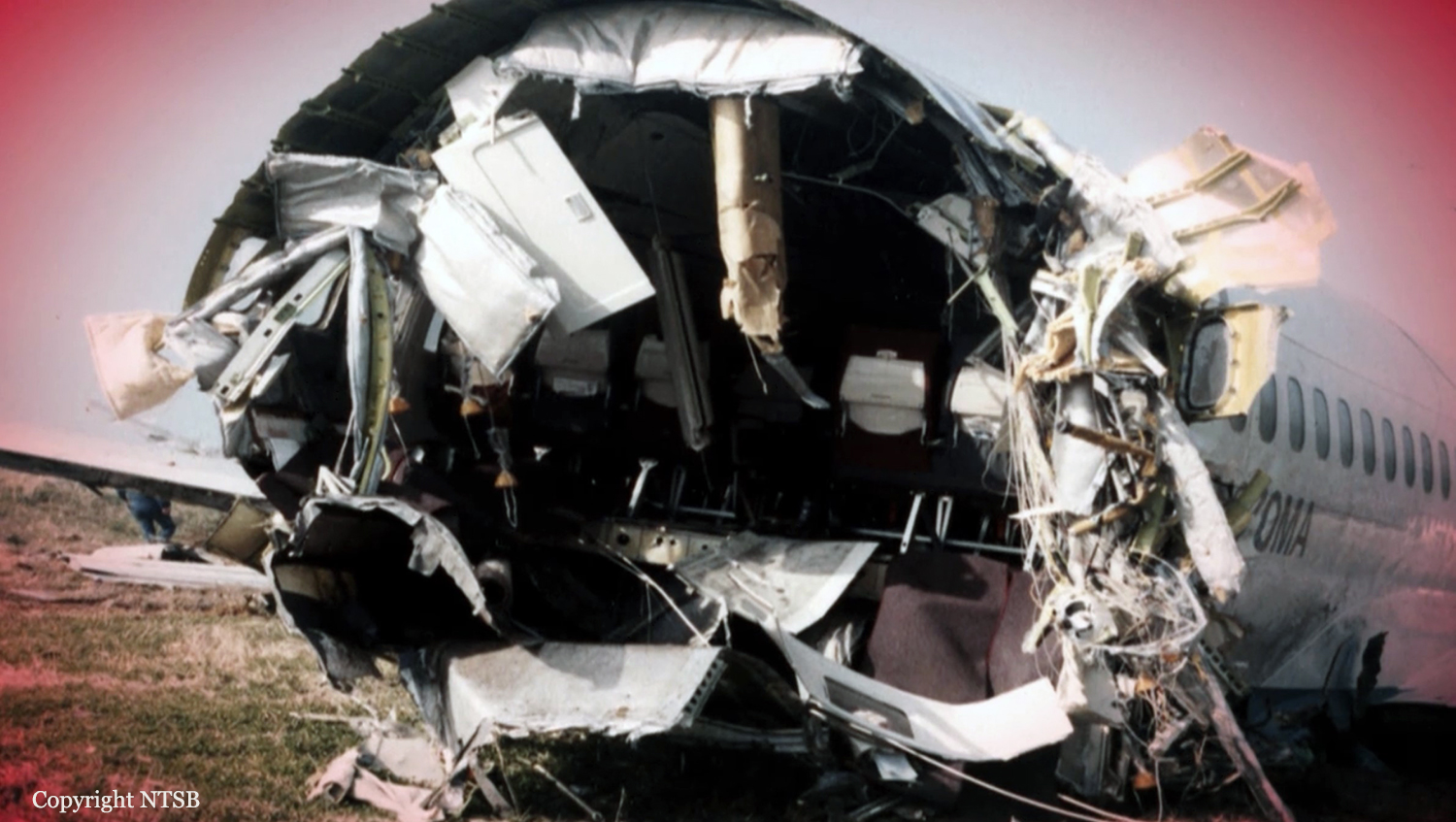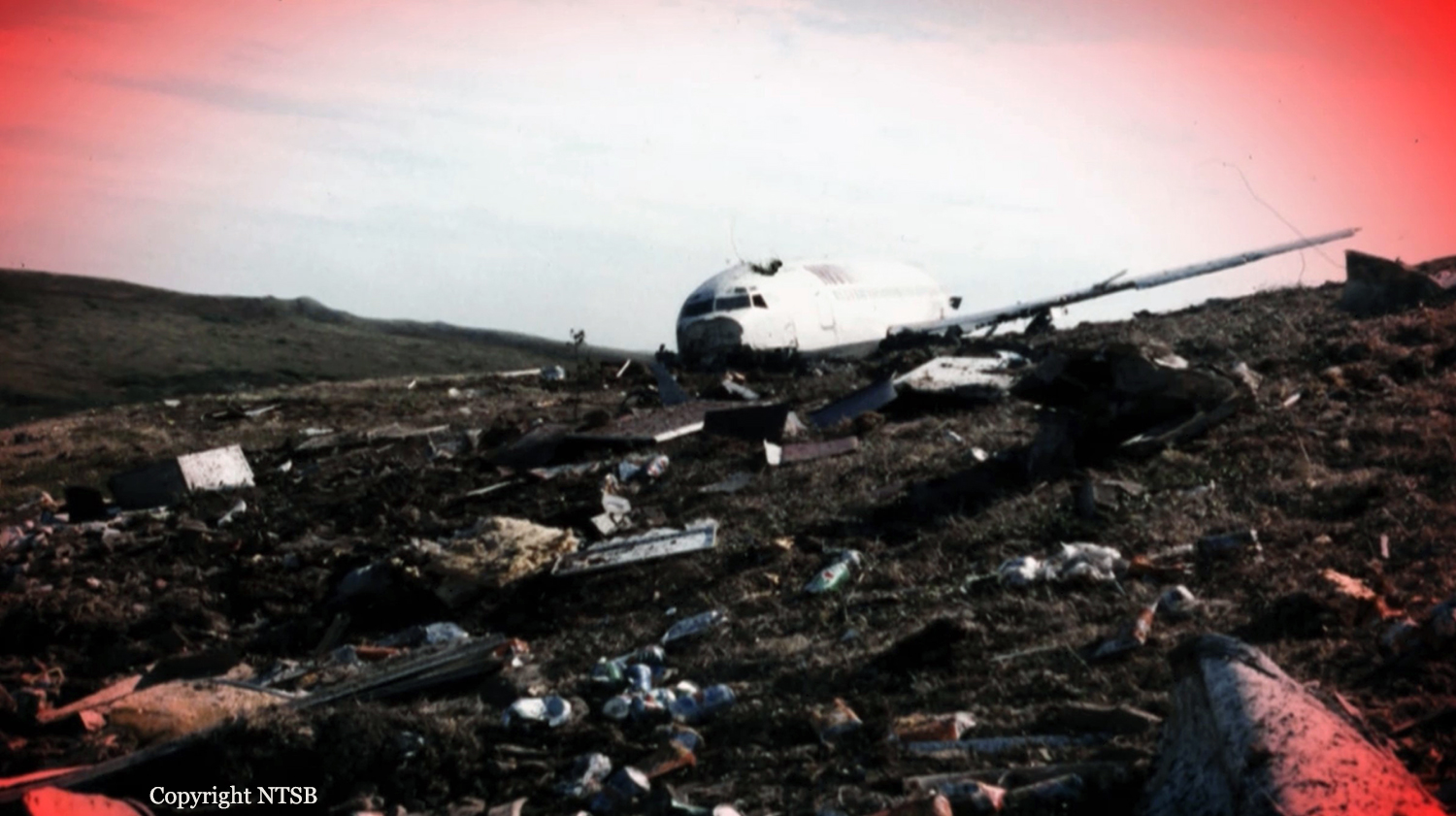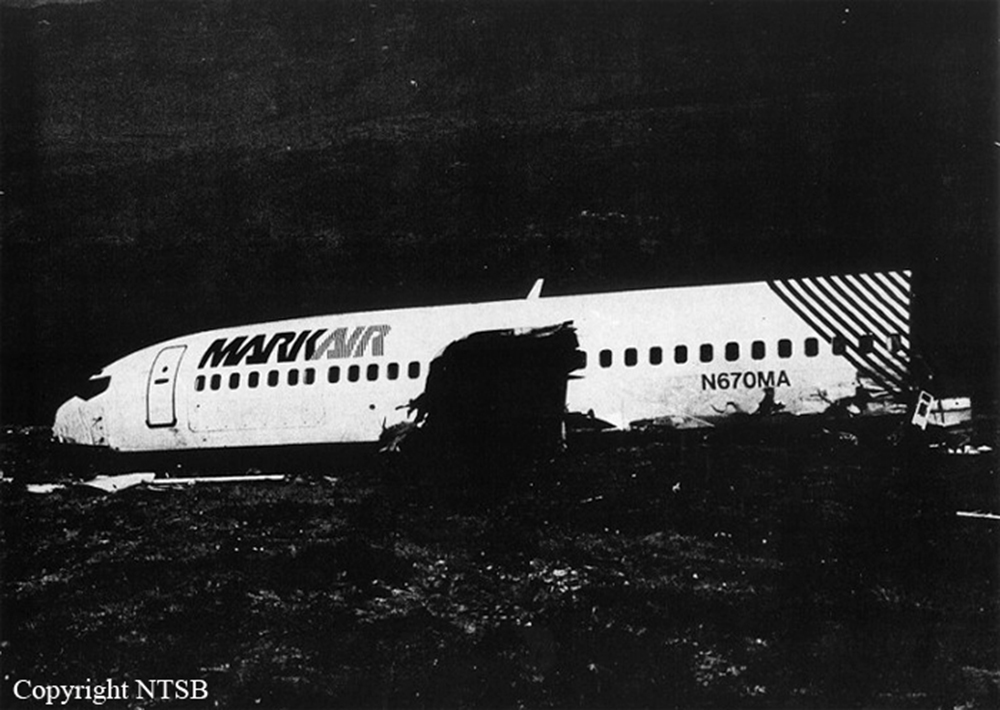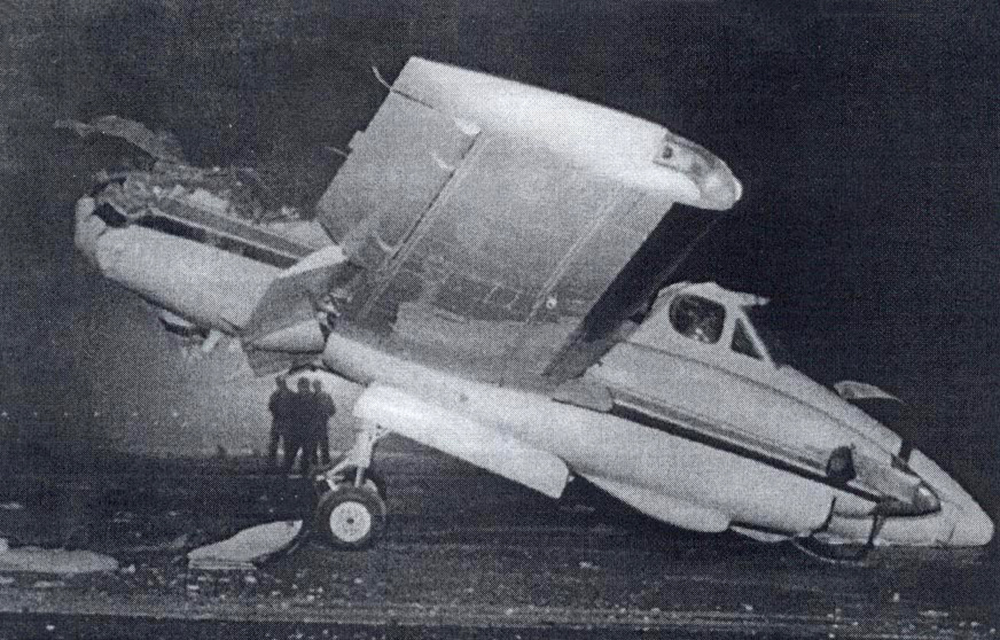Crash of a Beechcraft 200 Super King Air in Epinal: 2 killed
Date & Time:
Feb 8, 1991
Registration:
F-GHBE
Survivors:
No
MSN:
BB-500
YOM:
1979
Crew on board:
2
Crew fatalities:
Pax on board:
0
Pax fatalities:
Other fatalities:
Total fatalities:
2
Circumstances:
While on a positioning flight, the twin engine aircraft crashed on approach to Epinal-Mirecourt Airport. The wreckage was found in a field 4 km short of runway threshold. Both pilots were killed.
Probable cause:
It was determined that the accident was the consequence of a wrong altimeter setting after the crew though he was completing the approach under QNH while the aircraft was set on QFE.



